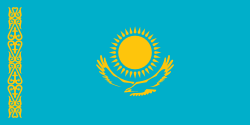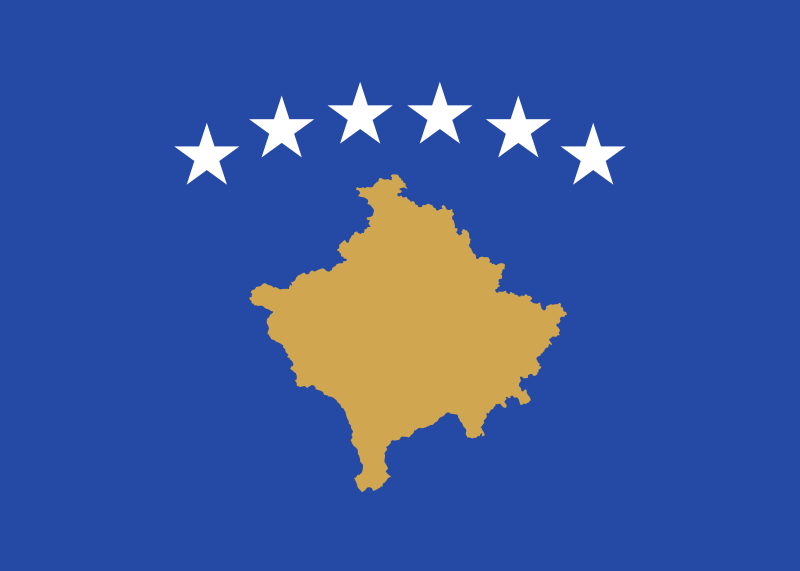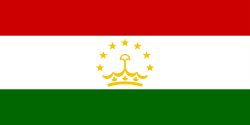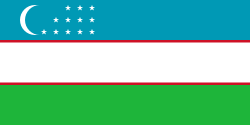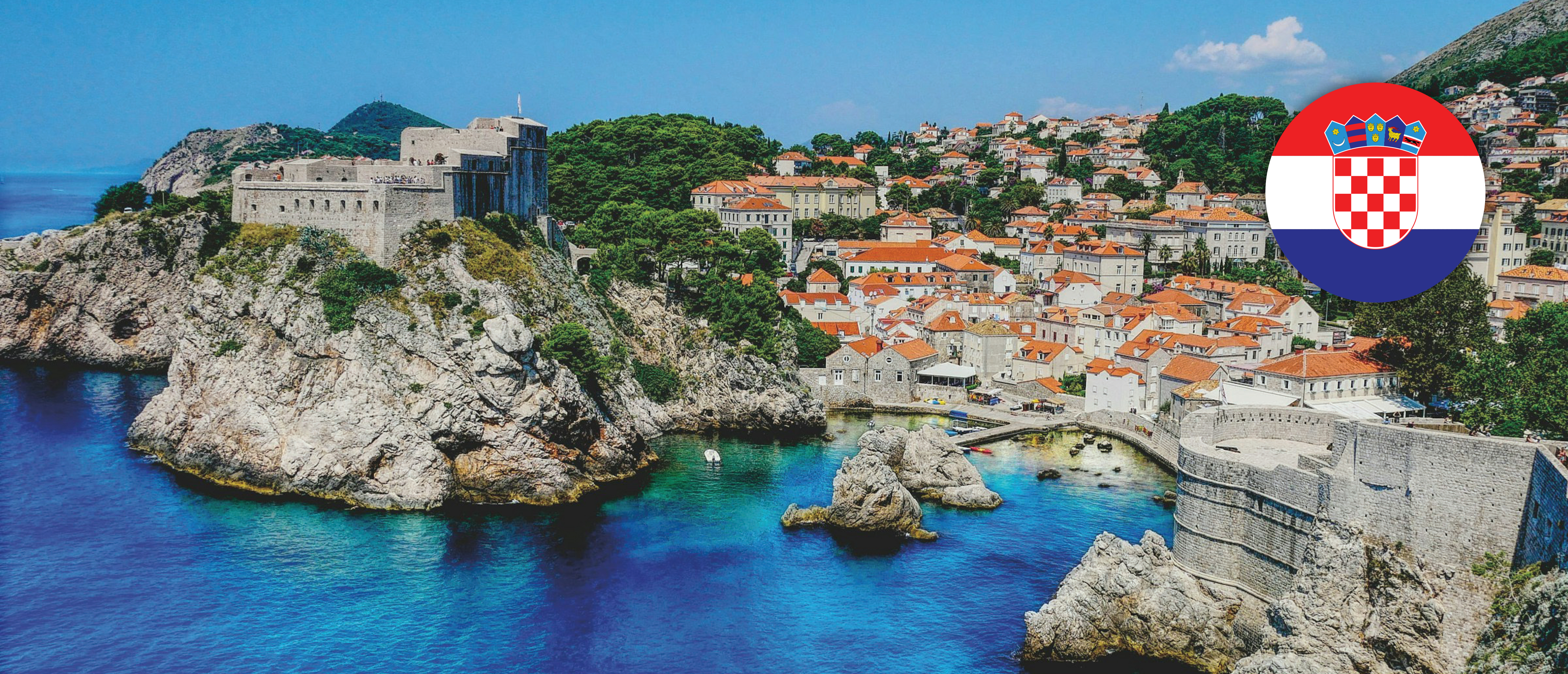General Information
Population
Immigration
Emigration
Working-age population
Unemployment rate
GDP
Refugees and IDPs
Citizenship
Territory
Migration Authorities
Responsible Body
Line Ministries
Ministry of Labour, Pension System, Family and Social Policy
Ministry of Foreign and European Affairs
Agencies
Key Policy Documents
2022 Ordinance on the temporary residence of third country nationals in the Republic of Croatia
2020 Decision on temporary restriction of crossing the border crossings of the Republic of Croatia
2020 Law on Regulated Professions and Recognition of Foreign Professional Qualifications
2019 Law on EEA nationals and members of their families
Description
Croatia is a country of emigration with a declining and ageing population, however, immigration to the country has been on the rise. Over the past decade, the population of Croatia declined by 230.000 reaching 4.047.700 persons at the end of 2020. The average age of the Croatian population in 2020 was 43.8 years. According to UN projections, the population of the country may further decline to reach 3.3 million persons by 2050 and 2.2 million by 2100.
Estimates of the number of Croats living abroad (officially defined as ‘Croats outside Croatia’ as per the national Law) vary from 0.9 million to over 2.5 million. Large Croatian communities are found in Bosnia and Herzegovina (over 0.5 million) and other countries of ex-Yugoslavia. Outside the Balkan Peninsula, Germany, Austria, Australia, the US, Canada and the UK host a considerable number of Croatian emigrants and people of Croat origin.
In recent history, the country faced two distinct emigration waves. In the 1990s, over 500.000 people fled due to the war in parts of Croatian territory. After the war, 200.000 people, mostly Croats, who relocated to safe parts of Croatia during the war, returned to their homes. Out of 300.000 Serbs who mainly fled to Serbia, some 100.000 returned to Croatia (many of them returned to exercise their property rights and pensions and relocate to Serbia again), while most decided to integrate into Serbian society. The war had therefore led to a decline in population and a change in the ethnic structure of Croatia.
Since Croatia’s membership in the EU in 2013, the country faces increasing emigration driven by dissatisfaction with the situation in Croatia and opportunities in the countries of destination. Shortly before joining the EU in 2011 and 2012, emigration flow amounted to an average of 12.800 persons yearly. Since 2013, the flow has been steadily growing. In 2017, it reached a peak of 45.367 Croatian nationals. The increase was particularly pronounced since Germany lifted labour market restrictions for Croatian citizens in 2015. However, since 2018, the flow has declined to reach only 26.000 in 2021. Given that many Croatian nationals do not deregister while leaving Croatia, the number of emigrants may be much higher. The main countries of destination of Croatian emigrants are Germany, Austria, and Bosnia and Herzegovina. When it comes to the age structure, emigration is getting younger: while in 2001-2013, emigrants were on average 41.5 years old, the average age stood at 33.6 years in 2016.
Continuous emigration and population ageing in Croatia contribute to labour shortages, limit the growth potential of the economy and negatively affect the long-term stability of the social system. Labour shortages are particularly pronounced in the health sector, but unskilled labour is also scarce. For that reason, Croatia used to set annual employment permit quotas for third-country nationals. The quota for foreign workers in 2019 was 65.100, a two-fold increase compared to 2018. In 2020, the annual quota rose to 78.470, but only about 50% of the quota was used due to the pandemic. The new Law on Foreigners, adopted in 2020, abolished the annual quotas for employment permits of third-country nationals, as well as introduced temporary residence visas for "digital nomads" and remote workers.
At the same time, emigration drives up remittances received from abroad, which contribute to the financing of private consumption and improve the country's balance of payments. As a share of GDP, remittances have grown from 4.7% in 2013 to 7.35% in 2020.
Internal rural-to-urban migration of a mostly young part of the population (over 47% are aged 20 to 39) is also significant. In 2020, 64.155 people changed their place of residence within Croatia: five counties and the city of Zagreb had a positive migration balance, while fifteen counties, mostly those located in southern and south-western Slavonia, had a negative migration balance.
Over the past decade, immigration to Croatia has been constantly growing, albeit without exceeding the emigration flow. According to the Croatian Bureau of Statistics, the in-flow approached 36.000 persons in 2021, including some 10.000 returning Croatian nationals. The growth has been particularly pronounced as of 2018, against a greater influx of immigrants from Bosnia and Herzegovina, Serbia and Kosovo* that continue to represent key origin countries. The number of first time and all valid resident permits issued to non-EU nationals in Croatia has equally increased. The former parameter has grown from 3.320 in 2013 to the record 50.455 in 2019 and 33.580 in 2021. Meanwhile, the latter increased from 12.259 in 2013 to the record 77.821 in 2020. Overall, nationals of Bosnia and Herzegovina received one-third of new permits in 2021 and held nearly half of all valid permits in Croatia in 2020. In terms of reasons, employment has climbed up reaching 90% among first time permits and 57% among all valid permits.
Since 2015, Croatia has also become a transit country on the Balkan migration route to the western EU member states. As soon as Hungary closed its borders to migrants in 2015, the flow of migrants reoriented to Croatia almost overnight. Access to Croatian territory became problematic as numerous international organizations documented a consistent pattern of ill-treatment of migrants trying to cross into Croatia from Bosnia and Herzegovina by Croatian law enforcement representatives (such as collective expulsions of migrants, denial of access to asylum, and the use of extreme violence by Croatian border police). As a result, the Council of Europe’s Committee for the Prevention of Torture recommended Croatia to introduce a Border Monitoring System.
Over the period 2013 to 2021, the number of non-EU nationals found to be illegally present in Croatia has seen a three-fold increase reaching 1.345 in 2021. The number of non-EU nationals refused entry at the border has also grown from 10.015 in 2013 to 14.190 in 2021, placing Croatia among the top-three EU countries on this parameter, inferior only to Hungary and Poland. When it comes to returns, Croatia has been issuing a growing number of orders to leave (4.355 in 2013 vs. 15.125 in 2021) but the effective return rate did not exceed 16% in the period 2019-2021.
In terms of international protection, the number of asylum seekers in Croatia is increasing but remains inconsiderable compared to the overall flows. In 2021, the number of asylum seekers amounted to 3.039 up from 1.932 in 2020. Yet, the number of positive decisions remains low (42 in 2020 and 68 in 2021) since most asylum seekers leave Croatia before the asylum procedure is completed. Asylum seekers are mostly from Afghanistan and Iraq. Along with Syrians, nationals of Afghanistan and Iraq comprise the majority of the 1.020 refugee status holders who resided in Croatia in 2021.
In 2022, Croatia saw an inflow of people fleeing the war in Ukraine. From 25 February to 11 April, a total of 13.597 Ukrainian nationals arrived in Croatia. The Government passed a Decision on the introduction of temporary protection in the Republic of Croatia for displaced persons from Ukraine, as well as a Decision on covering the costs of accommodation for displaced persons from Ukraine who are in private accommodation. Moreover, Ukrainian nationals are allowed to enter Croatia without a passport.
In 2020, Croatia passed amendments to the Law on Citizenship, which facilitate the conditions for acquiring Croatian citizenship. In 2022, the country introduced several improvements for the residence and work rights of third-country nationals. In recent years, Croatia has also been working on the new Action Plan 2021-2023 for the Integration Strategy, which should replace the previous such document. However, the plan was still under development in August 2022.
As a member of the European Union, Croatia is subject to all EU regulations on regular and irregular migration. The country is a beneficiary of specialized European funds for financing various projects (e.g. EPIC, Establishment of a relocation mechanism, Building support to persons under international protection through the development of social services) in the field of migration. The country is also a member of the IMO, UNHCR, the Global Forum on Migration and Development, the Budapest Process, the Prague Process and the Regional Cooperation Council. Moreover, Croatia adopted the Global Compact for Safe, Orderly and Regular Migration and the Global Compact for Refugees.
Relevant Publications





















